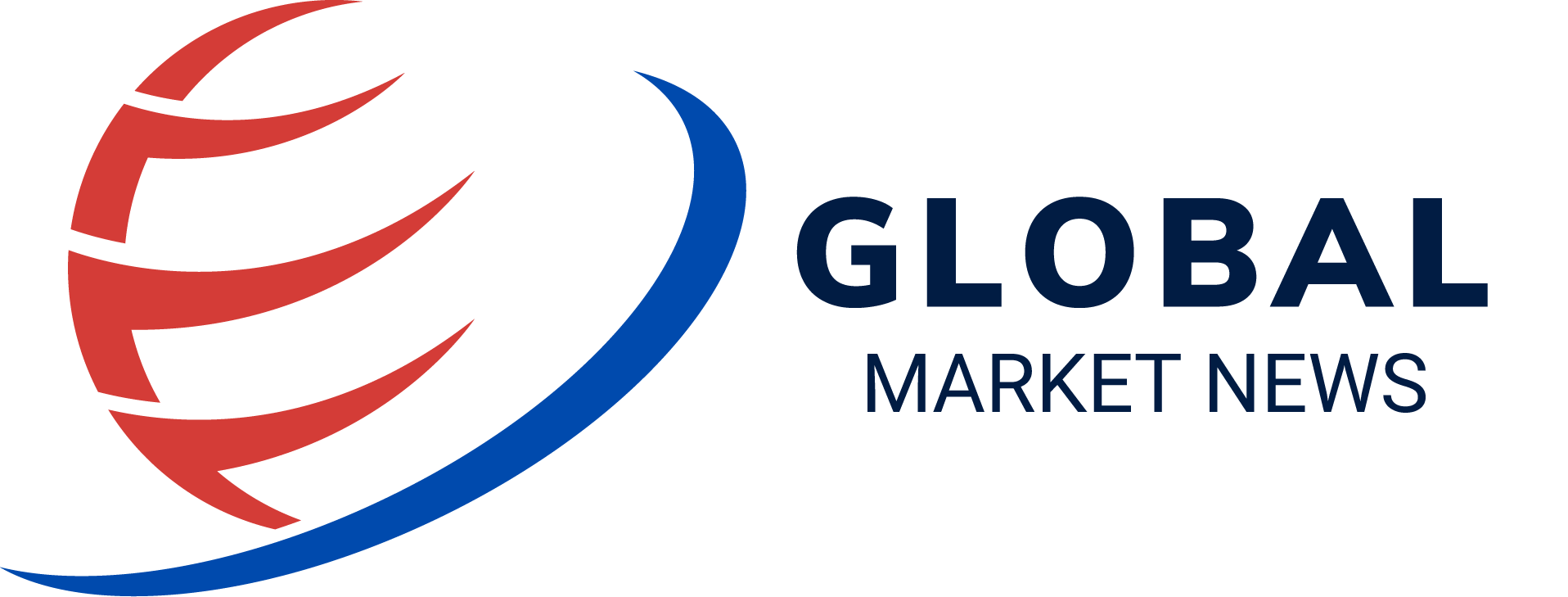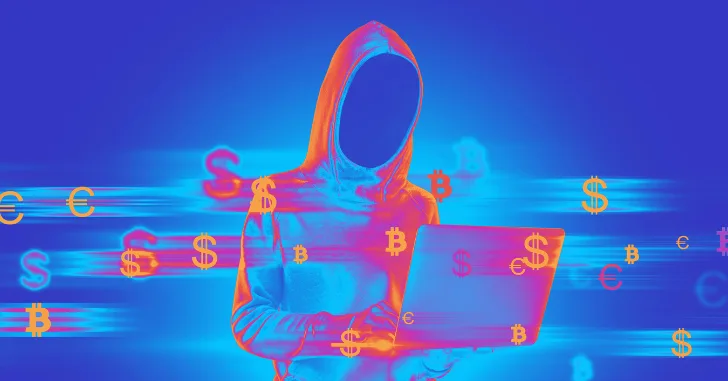The Fed’s fight to reign in inflation continues. Even though recent data shows that inflation is starting to slow, it’s still close to levels that haven’t been seen since the 1980s.
Hoping to bring inflation down further, the Fed raised interest rates by 25 basis points on Wednesday, bringing the benchmark target range to 4.5–4.75%—the highest since October 2007.
Even though the increases aren’t as steep, that doesn’t mean they will be stopping any time soon.
“Inflation data received over the past three months show a welcome reduction in the monthly pace of increases,” Fed Chairman Jerome Powell said in a news conference after the FOMC meeting. “And while recent developments are encouraging, we will need substantially more evidence to be confident that inflation is on a sustained downward path.”
Yet, Powell said that the U.S. is showing early signs of disinflation, which is a reduction in the rate of inflation.
“We have more work to do,” he said. “We’re going to be cautious about declaring victory and sending signals that we think the game is won.”
And the Fed is trying not to give Americans false hope. The committee carefully crafted a statement in which they said they still see the need for “ongoing increases in the target range.”
“The Committee anticipates that ongoing increases in the target range will be appropriate in order to attain a stance of monetary policy that is sufficiently restrictive to return inflation to 2% over time,” a statement read in part. “In determining the extent of future increases in the target range, the Committee will take into account the cumulative tightening of monetary policy, the lags with which monetary policy affects economic activity and inflation, and economic and financial developments. In addition, the Committee will continue reducing its holdings of Treasury securities and agency debt and agency mortgage-backed securities, as described in its previously announced plans. The Committee is strongly committed to returning inflation to its 2% objective.”
What will the Fed do next?
While we’ll have to wait and see what the Fed will do next, Powell may have given some hints as to what the central bank may do.
Powell said, “We are not yet at a sufficiently restrictive policy stance, which is why we say that we expect ongoing hikes will be appropriate.”
What he means is that the Fed has raised rates high enough to help with some economic growth, but there needs to be more to further run inflation down.
It’s also important to note the usage of the word “ongoing” here, meaning that we can likely expect more than one increase to come our way. Experts and some Fed members expect to raise rates to around 5% before stopping.
To recession or not to recession?
The Federal Reserve also has to be careful about all monetary policy decisions it makes because could risk pushing the U.S. into a recession.
However, it seems the Fed may be willing to risk a recession if that means lowering the risk of prices surging in the future.
RELATED: What Even is a Recession? Are We in One Yet?
Powell has voiced that he feels, right now, that no economic downturn is coming. Yet, not everyone agrees with that sentiment.
“My base case is that the economy can return to 2% inflation without a really significant downturn or a really big increase in unemployment,” Powell said. “I think that’s a possible outcome. I think many, many
forecasters would say it’s not the most likely outcome, but I would say there’s a chance of it.”
Data indicates that the economy grew at a 2.9% annualized pace in the last three quarters of 2022, which suggests that the U.S. may not be as close to a recession as some think. However, it’s important to note that data does not always include impacts from recent monetary changes.






